Last updated on
Discover the ideal height for an outdoor kitchen counter to maximize comfort and functionality in your alfresco cooking and dining experience.
Have you ever wondered what the ideal height for an outdoor kitchen counter is? Whether you’re planning to build a new outdoor kitchen or renovating an existing one, this is an important question to consider. The height of your counter can affect how comfortable and functional your outdoor cooking space will be.
In this article, we’ll explore the factors that determine the perfect height for your outdoor kitchen counter and provide some tips on how to make sure it’s just right. So, let’s get started!
What's Inside
Outdoor Kitchen Counter Basics
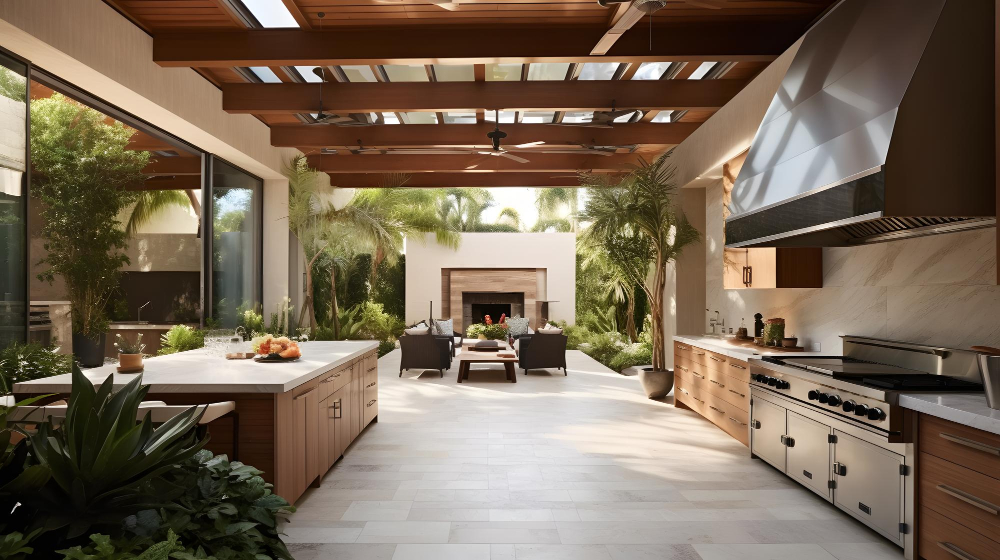
When it comes to outdoor kitchen counters, there are a few basics you should know. First and foremost, your counter needs to be durable enough to withstand the elements.
Outdoor kitchens are exposed to sun, rain, wind and other weather conditions that can cause wear and tear over time. Therefore, choosing the right materials is crucial for longevity.
Another important factor is size – how much space do you have available? Consider what appliances or features you want in your outdoor kitchen as well as any seating areas or bar tops that may require additional counter space.
Think about style – do you want a modern look with sleek lines or something more rustic with natural stone finishes? The design of your outdoor kitchen should complement the overall aesthetic of your home’s exterior while also reflecting personal taste.
Standard Counter Height
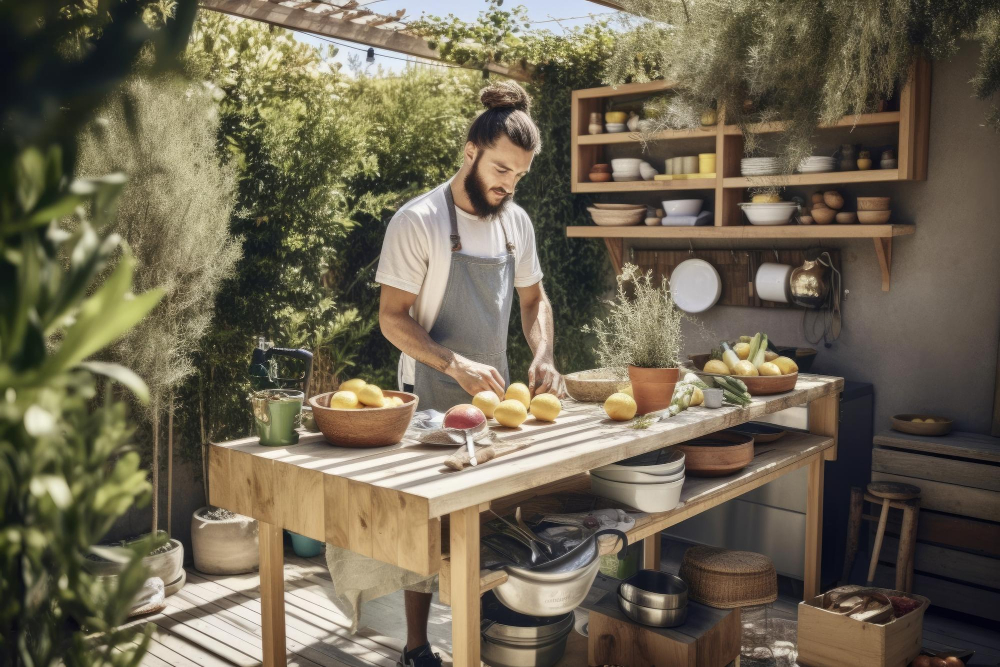
This may not be the ideal height for an outdoor kitchen counter. The standard measurement was designed to accommodate the average person’s standing posture and elbow height when working in an indoor kitchen.
When it comes to outdoor kitchens, there are several factors that need to be considered before determining the perfect counter height. These include your own personal preferences, as well as how you plan on using your outdoor cooking space.
In general, most people find that a slightly lower or higher countertop than their indoor one works best outdoors due to different activities being performed outside such as grilling and entertaining guests while preparing food.
Factors Affecting Counter Height

One of the most important is the height of the people who will be using it. If you’re tall, you’ll want a higher counter than if you’re shorter to avoid back pain and discomfort while cooking or prepping food.
Another factor to consider is what appliances and tools will be used on your countertop. For example, if you plan to use a built-in grill or sink, these fixtures may require more clearance space above them.
Think about how much time you’ll spend standing at your outdoor kitchen counter. If it’s going to be an area where guests can gather around while enjoying drinks and appetizers before dinner, then bar-height seating might work best.
Lastly, take into account any physical limitations that may affect accessibility for individuals with disabilities or mobility issues when determining the appropriate height for your outdoor kitchen counter.
Accessible Counter Heights

If you or someone in your household uses a wheelchair or has limited mobility, you’ll want to make sure that the counter height is comfortable and easy to reach. The Americans with Disabilities Act (ADA) recommends a maximum height of 34 inches for counters that are accessible by wheelchair users.
However, keep in mind that this may not be the most comfortable height for everyone. Some people may prefer a slightly higher or lower countertop depending on their individual needs and preferences.
If you’re unsure about what would work best for your situation, consult with an expert who can help guide you through the process of determining the ideal accessible counter height based on your specific needs and requirements.
Customization Options
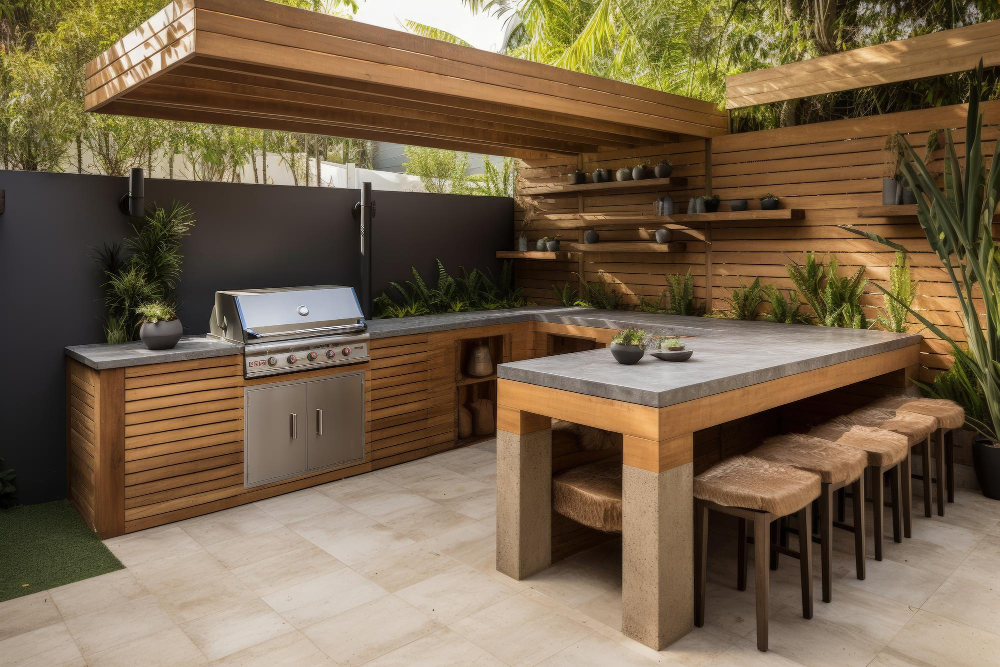
You can choose from a variety of materials, colors, and finishes to create the perfect look for your space. Some popular choices include granite, concrete, tile or stainless steel countertops.
Customization also extends beyond just the aesthetics of your counter. You can customize its height based on your specific needs and preferences.
For example, if you’re taller than average or have back problems that make bending difficult for you then a higher countertop may be more comfortable.
Another option is adding built-in features such as sinks or grills into the counter itself which will save space while providing additional functionality in an outdoor cooking area.
Materials and Durability
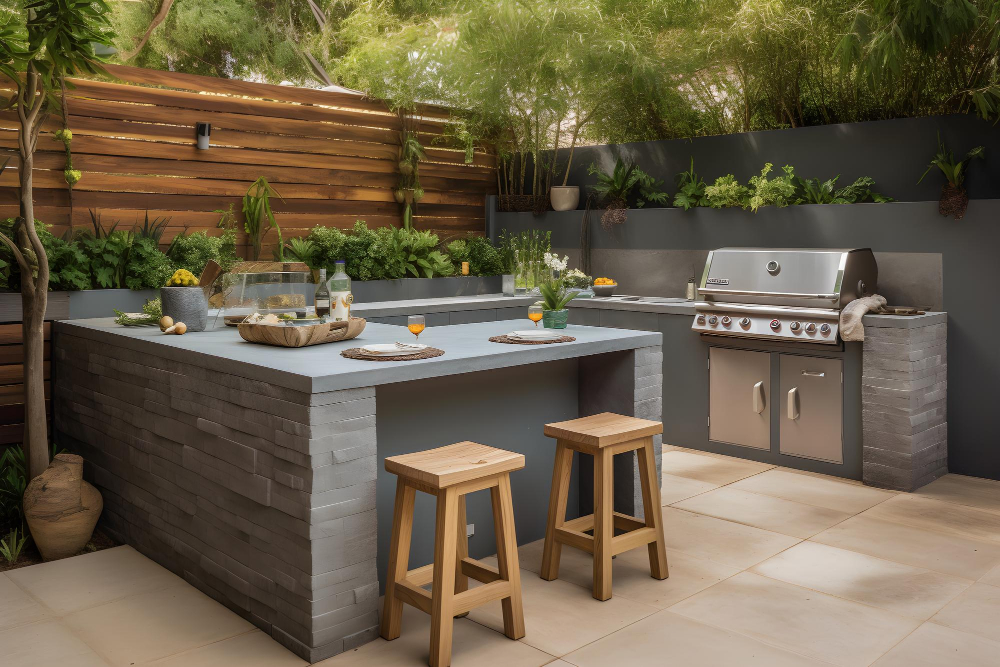
Your counter will be exposed to the elements year-round, so you want a material that can withstand rain, wind, sun exposure and temperature changes. Some popular materials for outdoor kitchen counters include granite or other natural stones like marble or soapstone which are durable and resistant to heat damage.
Stainless steel is also an excellent choice as it’s easy to clean and maintain while being able to handle high temperatures without warping or cracking.
Another option is concrete countertops which are becoming increasingly popular due their versatility in design options such as color pigments added during mixing process with cement powder before pouring into molds of different shapes/sizes; they’re also highly customizable with various finishes available including polished surfaces that resemble stone slabs.
Comfort and Functionality
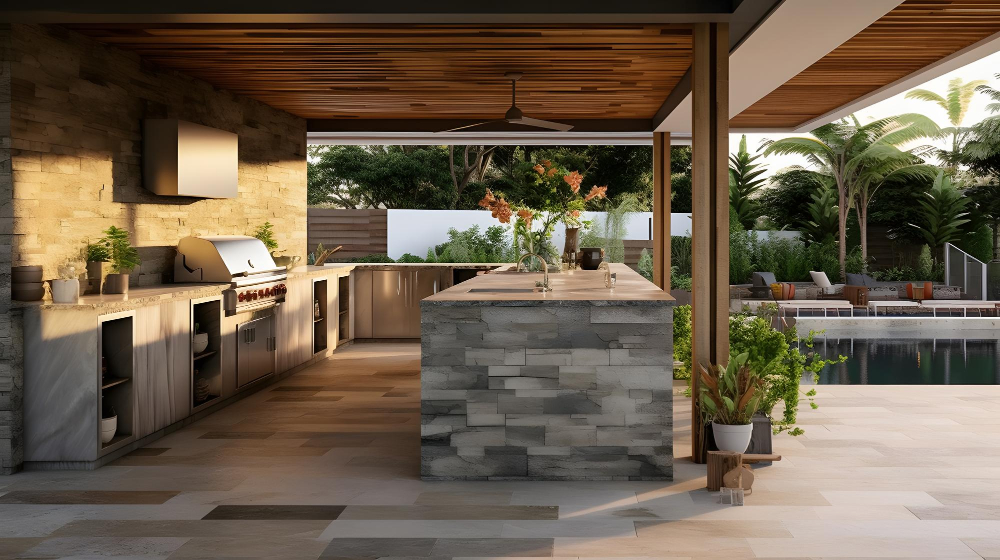
The ideal height should allow you to work comfortably without straining your back or arms, while also providing enough space for appliances and storage.
A counter that is too low can cause discomfort in the lower back, neck, and shoulders. On the other hand, a counter that is too high can make it difficult to reach items on top of it or use appliances effectively.
To ensure maximum comfort and functionality in your outdoor kitchen space, consider factors such as your own height (and those who will be using the space), appliance sizes and placement needs (such as grills or sinks), cooking style preferences (standing vs sitting) among others.
Workspace and Appliances
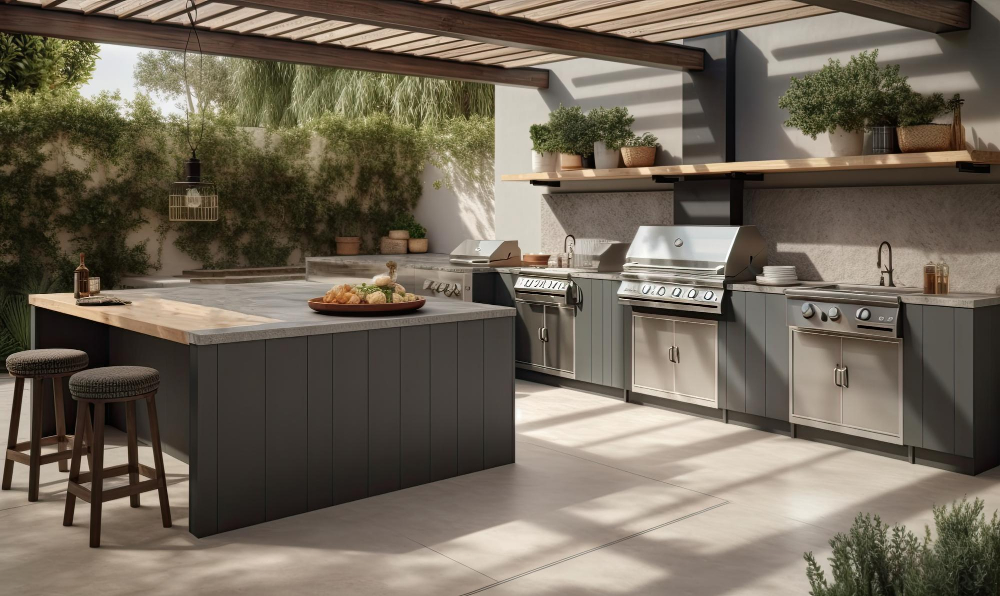
You also need to consider how much workspace you’ll need and what appliances you want to include in your design. The size and layout of your outdoor kitchen will depend on how often you plan on using it, as well as what types of meals or events you’ll be hosting.
If grilling is a priority for you, make sure that there’s enough space for a grill with side burners or other cooking surfaces like flat-top griddles or smokers. If baking pizzas outdoors is more up your alley, then consider adding a pizza oven into the mix.
In addition to cooking appliances, don’t forget about storage options such as cabinets and drawers where utensils can be stored within easy reach while preparing food at the counter-height surface.
Choosing the Right Height
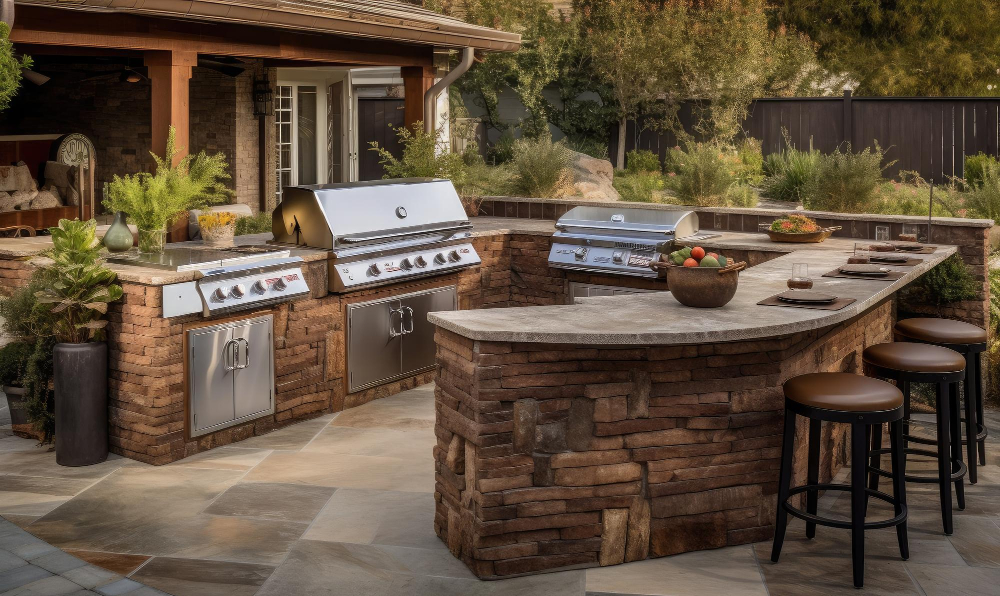
The ideal height will depend on several factors, including your own height, the type of appliances you plan to use, and whether you want a bar seating area. A standard countertop is typically 36 inches high but may not be suitable for everyone.
If you’re shorter or taller than average, consider customizing the counter’s height to suit your needs better. You can also opt for an adjustable-height countertop that allows you to change its position as needed.
When choosing a counter height with bar seating in mind, keep in mind that most people prefer stools with seats between 24-30 inches high. Therefore if adding a bar area make sure it’s at least 42-48 inches tall from floor-to-bar top so guests can comfortably sit while enjoying their drinks or meals.
Counter Space Considerations

You’ll need ample room for food prep, cooking utensils, and serving dishes. The amount of counter space you need will depend on how often you plan to cook outdoors and the size of your gatherings.
If you’re an avid outdoor chef who loves hosting large parties or family gatherings, consider installing a larger countertop with plenty of workspace. On the other hand, if your outdoor cooking needs are more modest or if space is limited in your backyard area then a smaller countertop may suffice.
It’s also important to think about how much storage space you’ll need underneath the counter for appliances such as grills and refrigerators. Make sure there’s enough clearance between these appliances so that they don’t interfere with each other when opening doors or lids.
Bar Seating Area Considerations
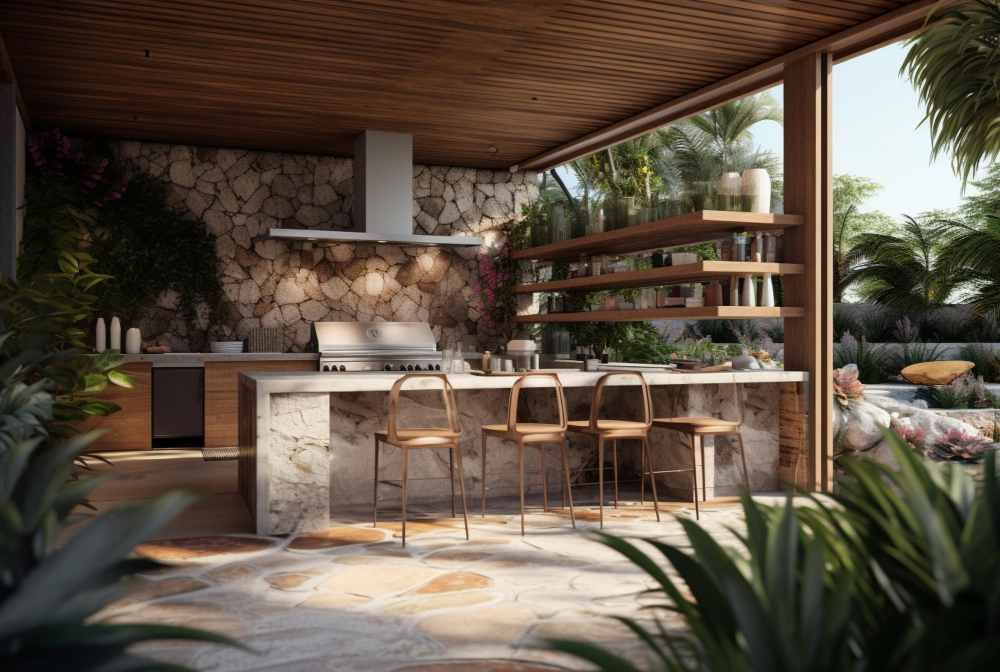
Bar seating areas are great for entertaining guests or enjoying a casual meal outdoors. However, they require additional space and careful consideration when determining the height of your counter.
If you plan on having bar stools at your outdoor kitchen counter, the standard height is typically 42 inches from the ground to accommodate for legroom and comfort while sitting. This means that if you have an L-shaped or U-shaped design with multiple counters at different heights in your outdoor kitchen, make sure that any section designated as a bar area has its own dedicated higher countertop.
It’s also essential to think about how many people will be using this space regularly so that there is enough room between each stool without feeling cramped. A good rule of thumb is to allow around 24-26 inches per person seated comfortably.
Tips for Installation
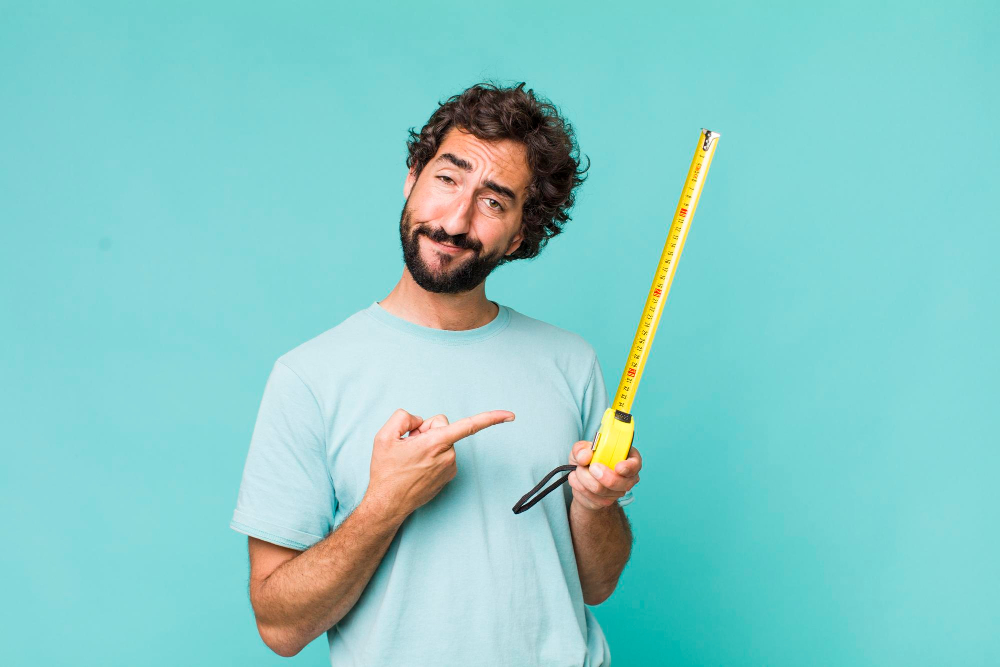
First and foremost, make sure you measure carefully before starting any construction or installation. This will help ensure that your counter is at the right height for your needs.
Another tip is to consider using adjustable legs or feet on your outdoor kitchen counter. These can be adjusted up or down as needed, allowing you to fine-tune the height of your countertop until it’s just right.
If possible, try out different heights before settling on one for good. You may find that what works best for someone else doesn’t work well for you personally.
Space Needed for an Outdoor Kitchen
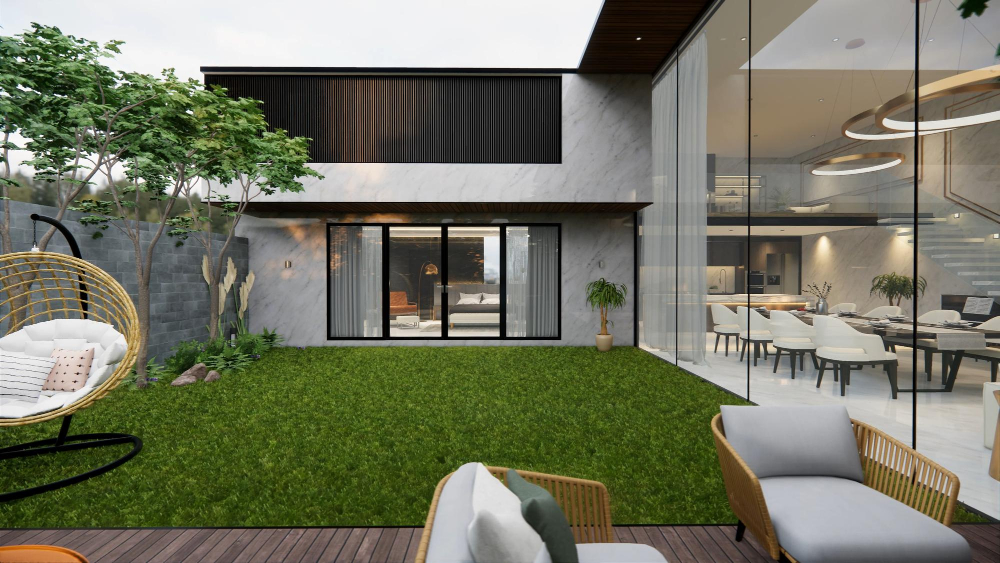
The size of your outdoor kitchen will depend on a variety of factors, including the number and type of appliances you want to include, how many people you plan to entertain, and how much storage space you need.
A good rule of thumb is that an outdoor kitchen should be at least 10 feet wide by 8 feet deep. This will provide enough room for a grill or cooktop with counter space on either side for food prep and serving.
If you plan on adding additional appliances like a sink or refrigerator, make sure there is enough room for them as well.
It’s also important to think about traffic flow when designing your outdoor kitchen layout. Make sure there is plenty of clearance around each appliance so that people can move around easily while cooking and entertaining.
If space is limited in your backyard but you still want an outdoor cooking area, consider downsizing some elements such as choosing smaller appliances or opting out from having bar seating area if not necessary.
Tips If You’re Tight On Space
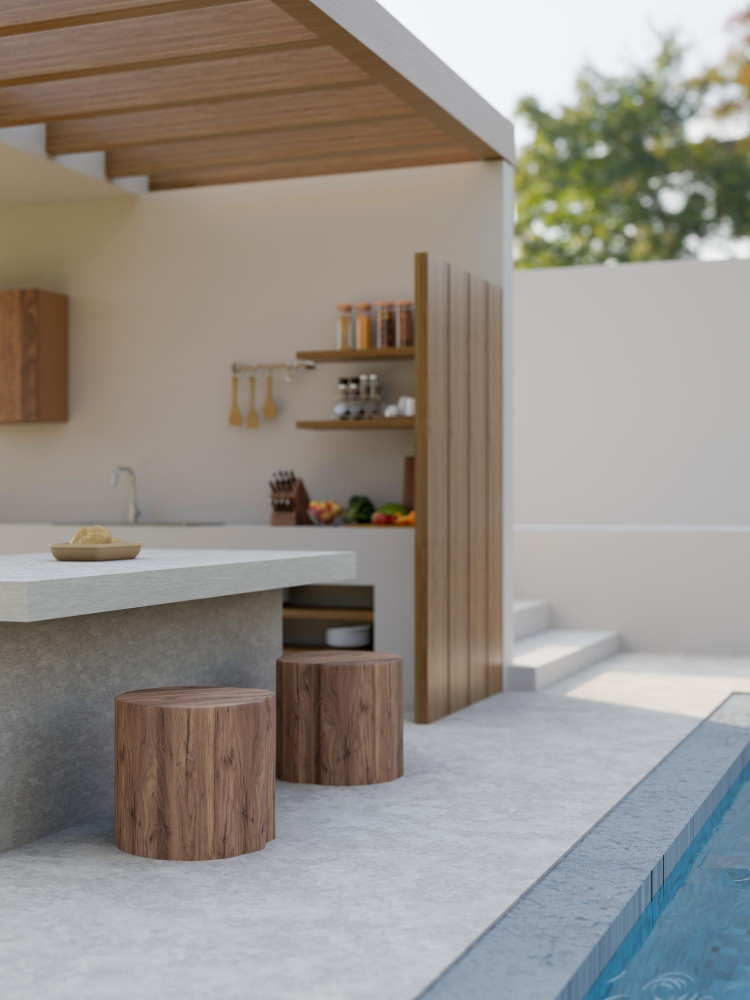
Here are some tips to help you make the most of your limited space:
1. Choose compact appliances: Opt for smaller versions of standard-sized appliances or consider multi-functional options that can save on counter and storage space.
2. Use vertical storage: Install shelves or cabinets that go up the wall instead of out into your limited floor area.
3. Consider foldable furniture: Look for tables, chairs, and other pieces that can be easily folded away when not in use.
4. Utilize corners: Corners often go unused but they can be great spots for corner cabinets or shelving units.
5. Keep it simple: Stick to essential items only; avoid cluttering up your small outdoor kitchen with unnecessary gadgets and accessories.
Deciding On Your “Must Haves” Vs “Nice to Haves”
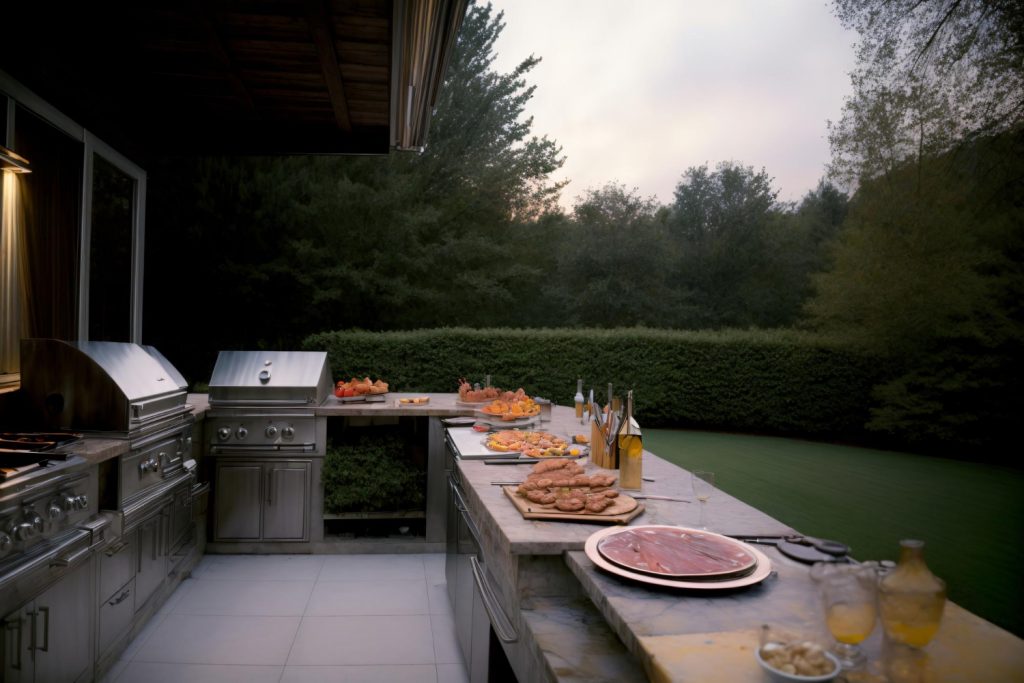
For example, if you love grilling and hosting large gatherings, a spacious countertop with ample workspace is a must-have. On the other hand, an ice maker or wine cooler may be considered a nice-to-have but not necessarily essential.
Consider factors such as budget constraints and available space when deciding on what features to include in your outdoor kitchen. It’s also helpful to think about how often you’ll use certain appliances or amenities before making any final decisions.
Combo Options
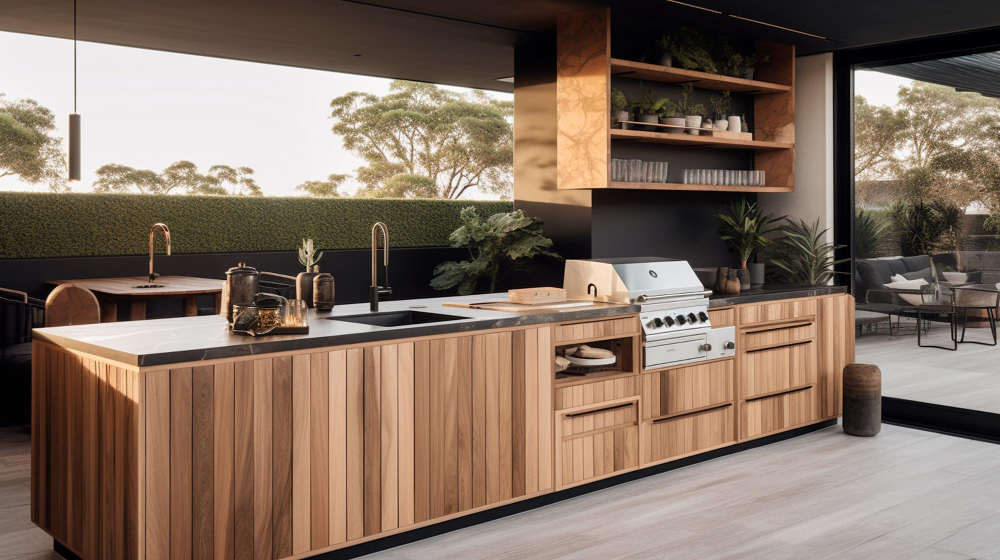
The answer is yes! Combining different counter heights can add visual interest and functionality to your outdoor kitchen. For example, if you plan on using your outdoor space for entertaining guests, a bar-height section of the countertop can provide additional seating options.
Another popular combo option is having a raised bar area that separates the cooking and dining areas. This creates a clear distinction between food preparation and serving spaces while still allowing for easy interaction between guests and cooks.
When considering combo options for your outdoor kitchen counters, keep in mind that they should complement each other both visually and functionally. It’s important not to sacrifice comfort or usability when trying out new designs.
Combining different counter heights in an outdoor kitchen design can create unique opportunities for customization while also improving functionality.
DIY Outdoor Kitchen Dimensions

The size of your space will determine how many appliances and features you can include in your design. When it comes to DIY outdoor kitchen dimensions, there are a few things that you should keep in mind.
Firstly, think about the amount of counter space that you’ll need for food preparation and cooking. You’ll want enough room for all of your appliances as well as some extra workspace for cutting boards or other tools.
Secondly, consider how much storage space is necessary based on what items will be stored outside versus inside when not being used.
Lastly, take into account any seating areas or bar tops if desired so guests have somewhere comfortable to sit while enjoying their meal outdoors with friends and family!
Outdoor Kitchen Design Consultation

An outdoor kitchen design consultation can help you determine the best layout and dimensions for your space based on your specific needs and preferences. A designer can also provide valuable insights into materials, appliances, and other features that will make your outdoor cooking area both functional and stylish.
During a consultation, be sure to discuss any concerns or questions you may have regarding counter height. The designer will take into account factors such as the type of cooking equipment you plan to use, how many people will be using the space at once, whether there are any accessibility requirements to consider (such as wheelchair access), among others.
Pros and Cons

Let’s take a look at some of them.
Pros:
- Increases the value of your home
- Provides additional living space for entertaining guests
- Allows you to cook outside, keeping heat out of your indoor kitchen during summer months
- Enhances the overall aesthetic appeal of your backyard
Cons:
- Can be expensive depending on materials used and appliances installed
- Requires regular maintenance to keep it looking its best
- May not be practical in areas with harsh weather conditions or limited outdoor space
Despite these potential drawbacks, many homeowners find that the benefits outweigh any negatives when it comes to having an outdoor kitchen.
FAQ
What is the standard height of an outdoor bar?
The standard height of an outdoor bar is 42 inches.
What is the average size of an outdoor kitchen?
The average size of an outdoor kitchen is typically between 100 and 400 square feet.
How tall is a BBQ island?
A BBQ island is typically 36 inches tall.
How thick should outdoor countertops be?
Outdoor countertops should be at least 24 inches thick to accommodate various styles and cooking preferences.
What are the essential components to consider when designing an outdoor kitchen counter?
Essential components to consider when designing an outdoor kitchen counter include space, durability, material, and maintenance needs.
What materials are most suitable for constructing outdoor countertops in various climates?
In various climates, the most suitable materials for constructing outdoor countertops are concrete, natural stone, and weather-resistant tiles.
Are there specific guidelines or building codes to follow when planning the height and design of an outdoor kitchen?
Yes, there are specific guidelines and building codes to follow when planning the height and design of an outdoor kitchen to ensure safety and functionality.




